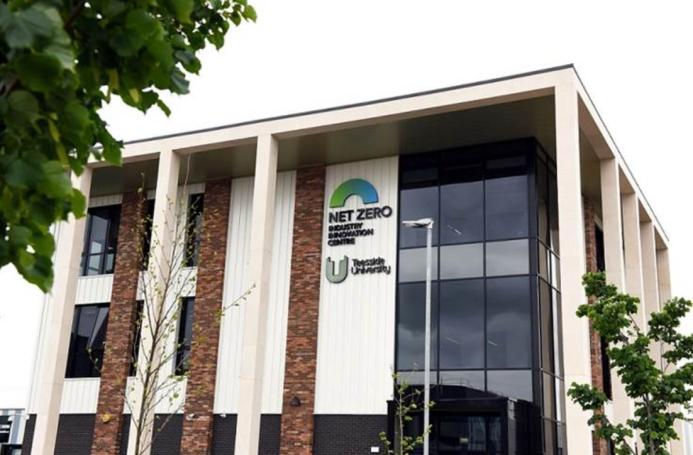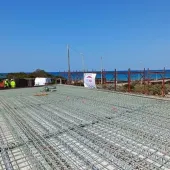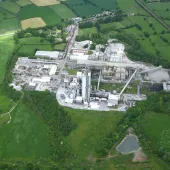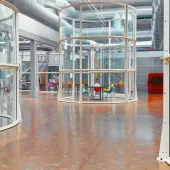GreenCem partners with Teesside on net zero
SigmaRoc’s ultra low carbon concrete business, GreenCem, has announced an exclusive partnership with Teesside University’s Net Zero Industry Innovation Centre (NZIIC), led by Professor David Hughes, to accelerate innovation in sustainable construction materials.
The collaboration will focus on reviewing and validating GreenCem’s current low-carbon research and development, identifying new product opportunities, and supporting the wider deployment of decarbonisation technologies across the concrete and cement supply chain.
Professor Hughes, a leading figure in industrial materials innovation and circular economy research, will lead a specialist team from Teesside University. They will assess GreenCem’s technology platforms using advanced facilities and methods including digital twins, AI-enabled systems, and low-carbon cement alternatives such as AACMs and geopolymers.
“We’re entering a new era for GreenCem,” said Michael Roddy, managing director UK & Ireland at SigmaRoc. “With Professor Hughes and the Net Zero Team now fully aligned with our ambitions, we are substantially expanding both our technical depth and execution capacity.”
The partnership supports the UK’s net zero by 2050 goals and includes close coordination with SigmaRoc’s Ventures team, which invests in emerging technologies aimed at reducing embodied carbon in construction.
Professor Hughes said: “We are bringing together innovation, research, and scale to deliver truly sustainable solutions to industry. GreenCem is positioning itself at the forefront of sustainable construction.”
The announcement highlights the growing role of industrial-academic partnerships in delivering scalable, low-carbon concrete solutions to meet future building and infrastructure demands.







